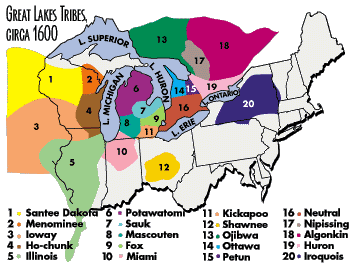Michigan’s 20th century economy was largely built on the success of the automobile, and the car companies, seeking to maintain economic power, encouraged government spending on highways over public transportation and, in some cases, worked actively to eliminate other competing modes of transportation like streetcars and electric trains. However, now, with the auto companies in decline, the price of oil significantly higher, and an upcoming younger demographic that is eschewing big purchases, small but vibrant cities are rethinking their options.
Most large and successful cities have well built public transportation structures incorporating buses, taxis, subways, bike lanes, and trains. Above a certain level of population density, it’s required because there is no room for more cars - either on the road or parked. Midwestern Americans have been dependent on cars so long, many of them can’t see the inherent advantages to a safe and well run system, but they are many.
Public transport minimizes traffic congestion by taking more cars and bodies off the streets. It also minimizes costs to users as subways and buses are more fuel efficient. Fewer cars mean fewer accidents, shorter commutes, and cleaner air. Access to reliable public transport bumps up property values as well. Cities with round-the-clock transportation options have round-the-clock service and entertainment available as well. A good transportation system will also help lure knowledge workers to a city, entice businesses, and attract more tourism dollars as well.
Frankly, at this point in time Millennials are financially struggling, and they are cutting their losses. Many of them would rather pay a large cell phone bill than even a small car payment, and that’s not factoring in the cost of the car itself, insurance, gas, repairs, replacement car parts, or parking. Many older people feel they have spent enough time on highways in cars and may not have the budget for these things either as a result of our post-Great Recession economy.
The new Vernon J. Ehlers station has been a bit controversial. It took a long time to build. For a small station, it was very expensive project - $6.1 million in assorted government monies. There have been concerns about the design and the construction. But this new facility is located right next to the new Rapid bus station now, and it will be easy for people all over the city to travel downtown and then to further cities or states. It will also be easy for tourists to arrive by train and get around Grand Rapids quickly. And for young travelers on small budgets they should be able to do this cheaply, leaving them plenty of money to spend in museums, venues, restaurants, and craft breweries.
If Grand Rapids utilizes, promotes, and incentivizes its new transportation options, it can only help the city to grow economically, socially, and creatively and attract others to that growth.




